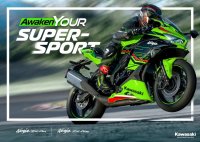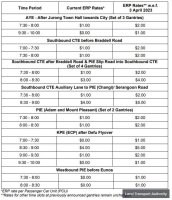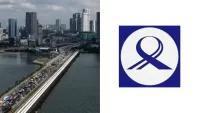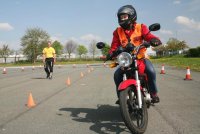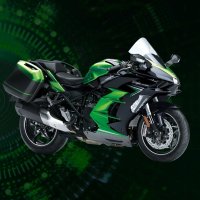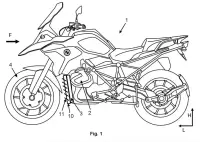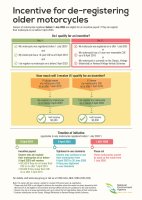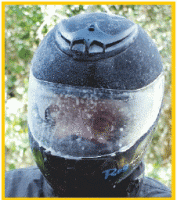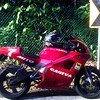.thumb.jpg.942d9c8d2090d78b3319f3cc3d3744e6.jpg)
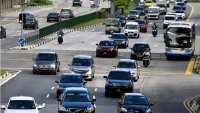
File photo of cars and other vehicles in Singapore. (Photo: CNA/Jeremy Long)
SINGAPORE: The supply of Certificates of Entitlement (COE) will go up slightly for the May to July quarter, while the bid deposit for motorcycles will be raised from the next tender.
Announcing this on Friday (Apr 21), the Land Transport Authority (LTA) said the COE quota for May to July will be 9,575. This is an increase of about 1.5 per cent from the 9,437 COEs in the previous quarter.
Two changes to motorcycle COE bidding will be made to "improve allocative efficiency", said LTA.
The bid deposit will go up from S$800 (US$600) to S$1,500, and the validity period for Category D temporary COEs will be cut from three months to one month. The expired COEs will be returned for bidding sooner.
This is the second time in two years that LTA is adjusting the bid deposit and validity period of temporary COEs for motorcycles.
In an attempt to encourage prudent bidding, the agency announced in March 2022 that it would raise the motorcycle bid deposit from S$200 to S$800. At the same time, the validity of the temporary COE was shortened from six months to three.
The measures then were implemented to mitigate concerns that dealers were speculatively bidding for and holding on to temporary motorcycle COEs in light of rising premiums in the category.
LTA noted on Friday that from January to March this year, 457 Category D temporary COEs had expired without being used for the registration of motorcycles and were forfeited.
"These will be returned for bidding in the upcoming bidding exercises from May to July 2023," it added.
The new Category D measures and the new COE quota will start from the bidding exercise that kicks off on May 2.
COE premiums ended mostly higher in the last bidding exercise on Apr 19, with prices for cars in Category A and B breaking records for the third consecutive tender.
Premiums for Category A, which is for smaller cars, breached the S$100,000 mark to close at S$103,721.
Premiums for larger and more powerful cars in Category B rose 2 per cent to S$120,889.
Open category COEs, which can be used for any vehicle type but end up being used mainly for large cars, rose to S$124,501, exceeding its previous all-time high of S$118,990 by about 4.6 per cent.
Motorcycle premiums closed at S$12,179, up from S$12,001 in the last exercise.
Article Credits: CNA
Join SingaporeBikes on Telegram for more of the latest news, special offers, reviews of motorcycles, and more!
- Read more...
-
- 0 comments
- 1,363 views
.png.f357c4bbda45b8d1f0301390a48a7ff4.png)
